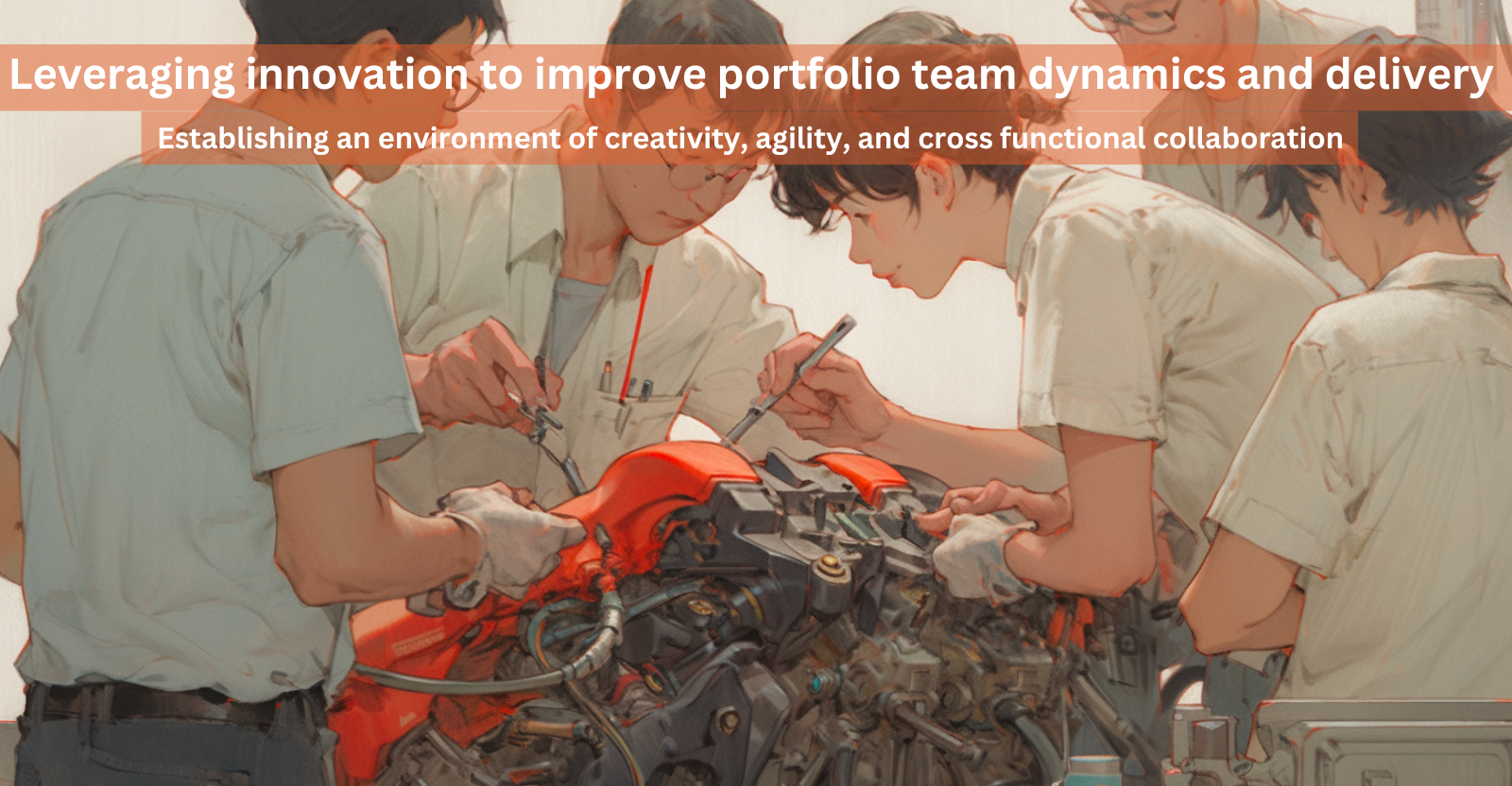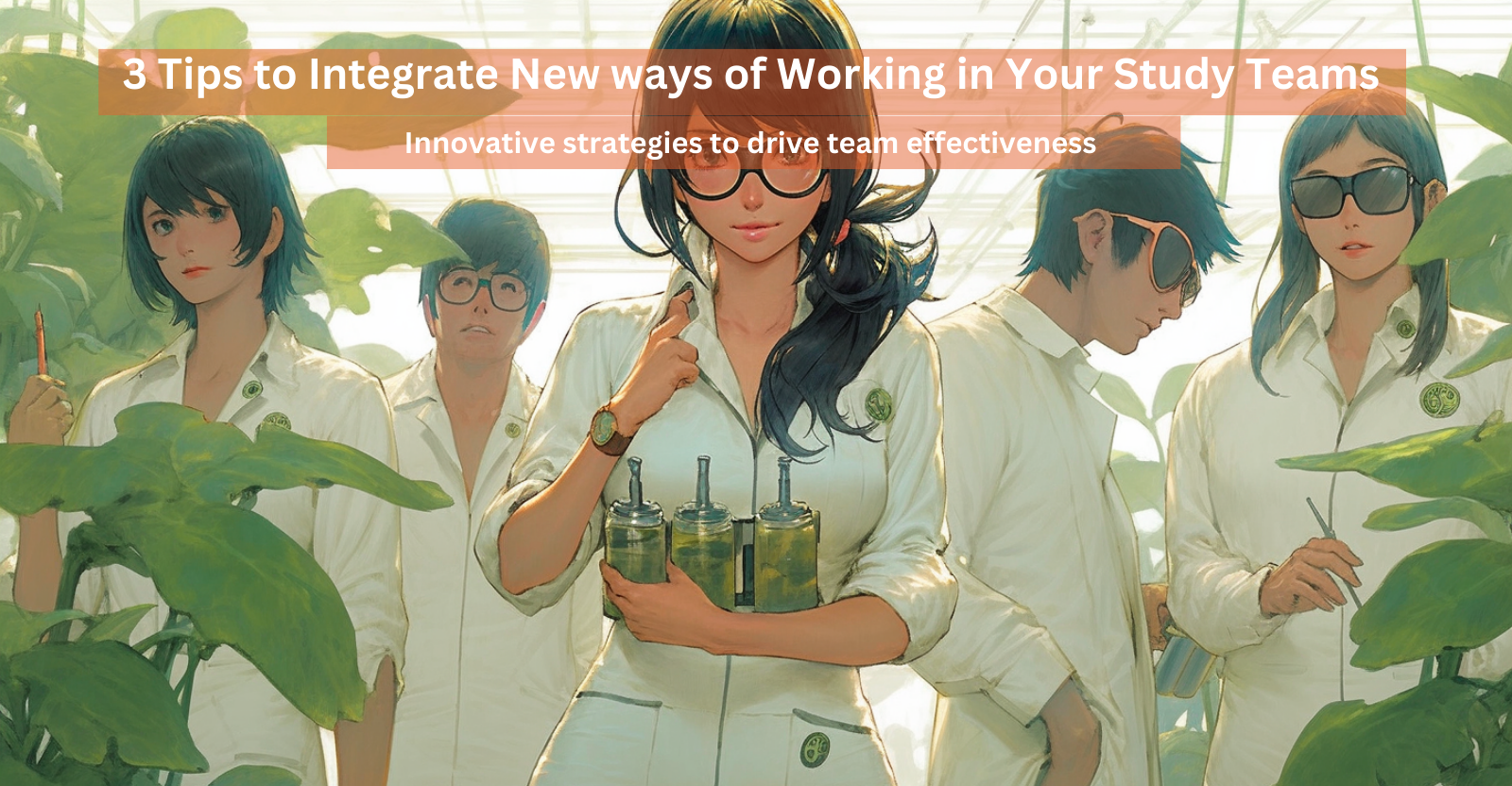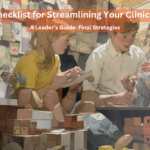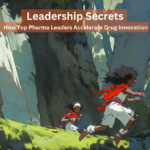Engaging healthcare professionals (HCPs) effectively drives HCP marketing outcomes. However, a significant hurdle emerges from the diverse preferences and needs of HCPs, which means we need to take a tailored approach to communication and engagement. Embracing agile methodologies and cross-functional teamwork can revolutionize HCP engagement, meeting the unique demands of your varied HCP segments.

Embracing Iterative Development in HCP Engagement The agile methodology of iterative development involves developing and refining engagement tactics in short, rapid cycles, allowing for immediate feedback and adjustments. This flexibility is helps manage the spectrum of HCP preferences, ensuring that communication materials and channels are constantly optimized. The impact? – It enables the creation of a suite of communication strategies, each tailored to different HCP segments, ensuring no group’s needs are left unaddressed.
One company leveraged agile to revamp its HCP digital engagement platform. Initially, they launched a beta version of an e-detailing tool targeting a subset of HCPs, focusing on oncologists. Through rapid iterative cycles, they collected granular feedback on user interface, content relevance, and interactivity. Leveraging insights from KPIs like engagement duration and click-through rates, they swiftly tailored the platform, introducing specialty-specific modules. This agile approach not only accelerated the platform’s optimization but also significantly enhanced HCP engagement, as evidenced by increased digital detailing session attendance and positive feedback from diverse HCP segments

The Power of Cross-Functional Collaboration Cross-functional collaboration forms the backbone of effective HCP engagement strategies. By involving team members from diverse fields like marketing, medical affairs, data analytics, and even HCPs themselves, we can gain a deeper understanding of HCP needs and preferences. This cross functional approach generates more inclusive and resonant engagement strategies. Diverse perspectives ensure that the strategies developed are not only comprehensive but also nuanced, catering to the varied preferences of HCP while driving buy-in from the team.
A biotech convened a cross-functional team to overhaul its HCP portal, integrating insights across marketing, medical affairs, and data science. The team initiated by mapping out the engagement journey for different HCP specialties, identifying key touchpoints for improvement. Utilizing data analytics, they pinpointed areas where HCP feedback indicated a need for more personalized content and streamlined navigation. Together, they developed a series of A/B tests for various portal elements, from educational content formats to communication frequency preferences. Results from these tests were rapidly incorporated, leading to the launch of specialty-specific dashboards within the portal, offering tailored resources and interactive forums. This iterative, collaborative process not only enhanced the portal’s user experience but also led to an increase in HCP engagement, measured by time spent on the portal and positive feedback rates, showcasing the tangible benefits of cross-functional collaboration in addressing HCP needs with precision.

Leveraging Customer Feedback and Data-Driven Decisions Incorporating direct feedback from HCPs is vital in aligning engagement strategies with their actual needs. Tools like surveys, focus groups, and feedback during pilot programs provide invaluable insights. Complementing this is a data-driven approach – using data analytics to understand HCP behaviors and preferences. Where we dont have data, we run targeted experiments are run to gather the necessary insights. Combining direct feedback and data analytics help us customize our strategy, effectively overcoming the challenge of diverse preferences.
In a campaign to refine its educational webinar series for HCPs, one company implemented a robust feedback and data-driven strategy. Initially, they distributed surveys and conducted focus groups with HCPs following pilot webinars to gauge reactions on content relevance, delivery style, and platform usability. Concurrently, the team utilized data analytics to track HCP engagement metrics during these webinars, such as participation rates, dropout points, and interactive poll responses. Identifying a gap in their understanding of optimal webinar lengths, the company launched a series of experiments, offering webinars of varying durations to different HCP segments. Analysis of engagement data from these experiments, coupled with direct HCP feedback, led to the optimization of webinar content and format. This strategic blend of HCP insights and data analytics resulted in a tailored webinar series that saw a significant uptick in HCP satisfaction and engagement, demonstrating the power of aligning engagement strategies with HCP preferences through direct feedback and data-driven decisions.

Adaptive Planning and Continuous Improvement Agility in planning is crucial to respond swiftly to evolving HCP needs or market conditions. This flexible approach ensures that engagement strategies are not only relevant but also effective in real-time scenarios. Moreover, a commitment to continuous improvement through regular reviews and feedback incorporation means that these strategies are not static. They evolve, improve, and adapt, staying in tune with the changing landscape of HCP preferences and needs, ensuring long-term efficacy and relevance.
In facing changes in clinical guidelines, one company demonstrated exceptional agility in updating their HCP engagement strategies. By forming a rapid-response team across clinical, marketing, and IT departments, they employed agile methodologies to expedite content updates on their digital platforms, ensuring HCPs received the latest information. This team employed a continuous cycle of feedback, using a combination of HCP input and real-time data analytics to refine and adjust the platform weekly. This agile response enabled the platform to be updated promptly—within days of new guidelines being published—thus ensuring the engagement strategies remained relevant and effective. Through regular reviews and adjustments based on evolving HCP needs and market conditions, the company maintained the platform’s long-term relevance, demonstrating the power of agility and continuous improvement in meeting the dynamic needs of healthcare professionals.
By adopting agile methodologies, such as iterative development, cross-functional collaboration, customer feedback integration, and data-driven decisions, HCP marketing teams can effectively meet the diverse needs of healthcare professionals. This approach not only aligns with the dynamic nature of HCP preferences but also paves the way for innovative and effective pharmaceutical marketing strategies. As we look towards the future, it’s clear that agility and adaptability will continue to be key drivers in the successful HCP engagement.









